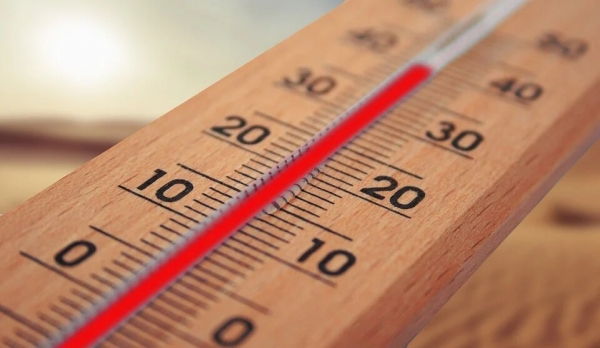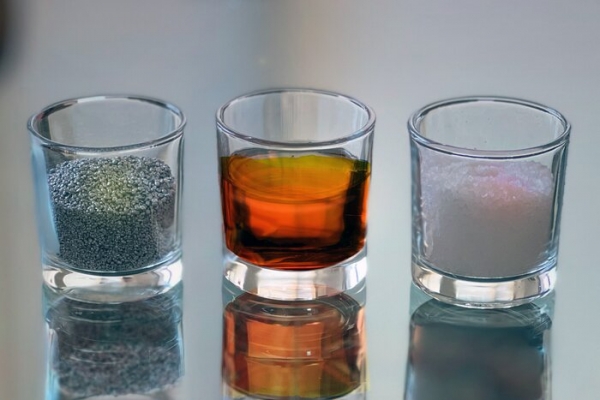

This low-cost battery is made from inexpensive materials. An aluminum sulfur battery could provide low-cost backup storage for renewable energy sources!
As the world forms ever bigger establishments of wind and sun-oriented power frameworks, the need is developing quickly for affordable, huge scope reinforcement frameworks to give power when the sun is down and the air is quiet. The present lithium-ion batteries are still excessively costly for most such applications, and different choices, for example, siphoned hydro require explicit geography that is not accessible all of the time.
Scientists at MIT and other universities have developed a new kind of battery that is abundant and also uses inexpensive materials.
This new battery will use aluminum and sulfur as its electrodes and there will be a molten salt electrolyte in between the 2 electrodes. This battery was described in the journal Nature.
Let’s hope that we could come up with more of these inexpensive materials to make our beloved earth a better place to live for our future generations to come!!
Author: Sri Nihal Tammana
Source: Massachusetts Institute of Technology
Image: The three primary constituents of the battery are: left, aluminum; center, sulfur; and right, rock salt crystals. All are domestically available Earth-abundant materials not requiring a global supply chain. (PC: Rebecca Miller)


© copyright 2022 by Recycle My Battery